Inspired by the results of a game-playing neural network, mathematicians have been making unexpected advances on an age-old math problem.
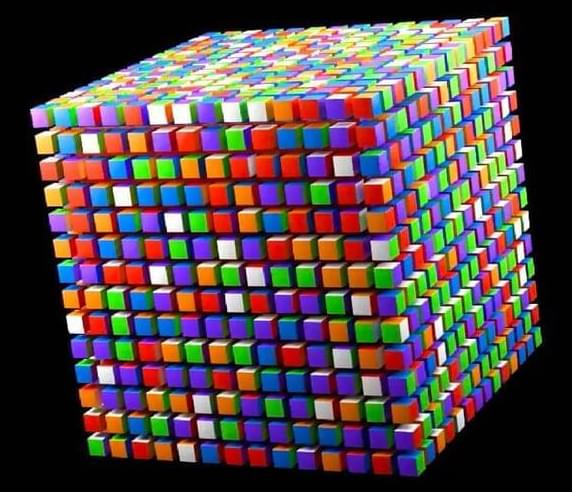

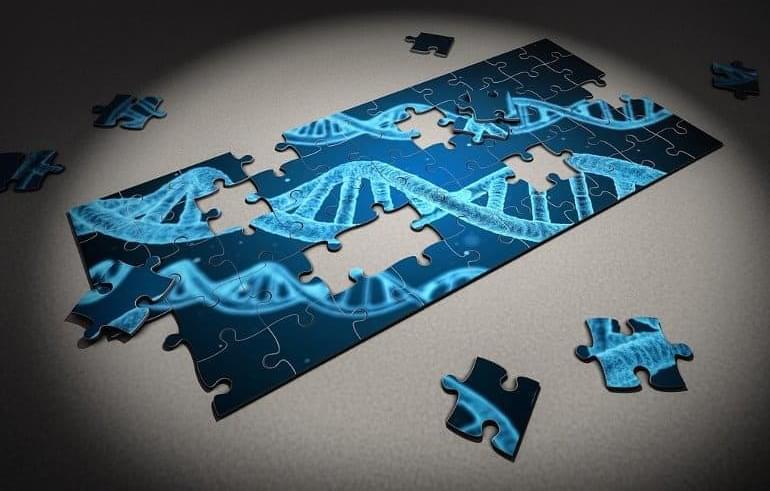
Summary: Researchers have identified two new genes, ATP8B4 and ABCA1, that are implicated in Alzheimer’s disease. The genes impact the brain’s immune system and cholesterol processing, leading to an increased risk of developing Alzheimer’s disease.
Source: Cardiff University.
Two new genes that raise a person’s risk of developing Alzheimer’s Disease have been discovered by researchers.

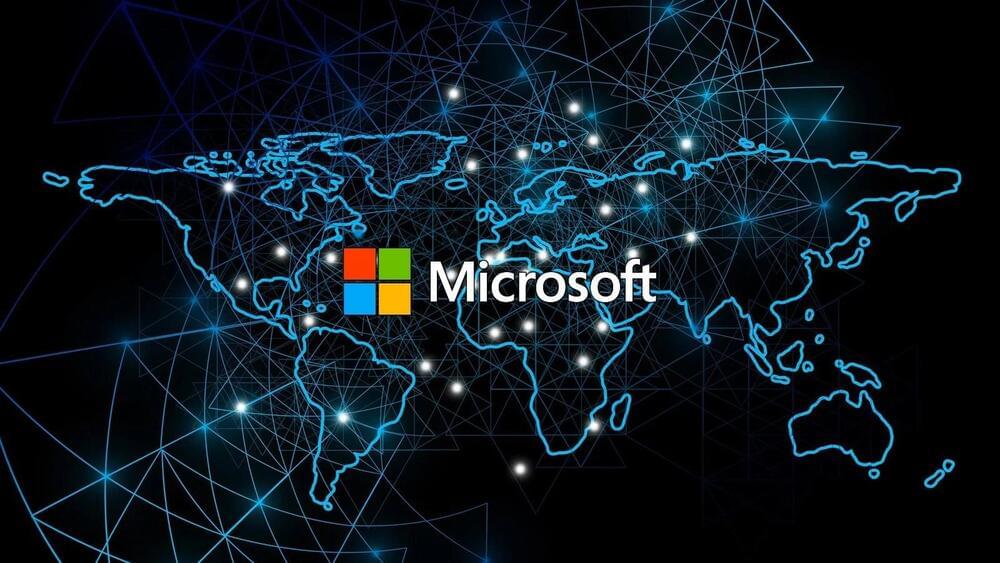
Microsoft said today that security vulnerabilities found to impact a web server discontinued since 2005 have been used to target and compromise organizations in the energy sector.
As cybersecurity company Recorded Future revealed in a report published in April, state-backed Chinese hacking groups (including one traced as RedEcho) targeted multiple Indian electrical grid operators, compromising an Indian national emergency response system and the subsidiary of a multinational logistics company.
The attackers gained access to the internal networks of the hacked entities via Internet-exposed cameras on their networks as command-and-control servers.

Ukraine’s grid operator Ukrenergo said that emergency power cuts were being enacted in all Ukrainian regions after widespread Russian attacks on infrastructure on Wednesday.
Ukrenergo, commenting in a statement on Facebook, said power cuts were needed to prevent further technical failures in the energy system after severe damage from repeated strikes since mid-October.
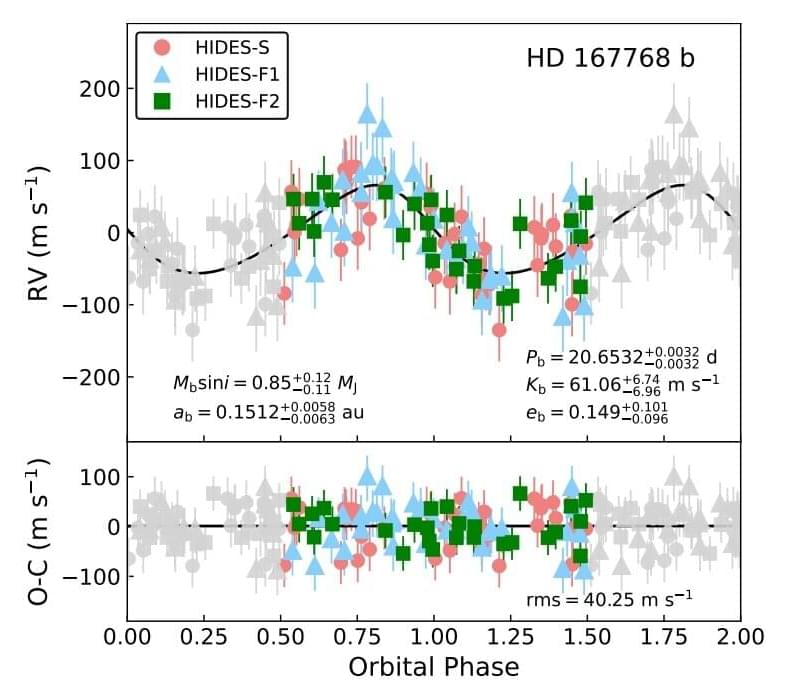
Using radial velocity measurements, astronomers from Japan and China have detected a new exoplanet orbiting a G-type giant star. The newfound alien world is similar in mass to Jupiter but much hotter than the solar system’s biggest planet. The discovery is reported in a paper published November 12 on the arXiv pre-print server.
The radial velocity (RV) method to detect an exoplanet is based on the detection of variations in the velocity of the central star, due to the changing direction of the gravitational pull from an unseen exoplanet as it orbits the star. Thanks to this technique, more than 600 exoplanets have been detected so far.
Now, a group of astronomers led by Huan-Yu Teng of the Tokyo Institute of Technology in Tokyo, Japan, reports the finding of a new giant planet as a result of RV measurements using the HIgh Dispersion Echelle Spectrograph (HIDES) at Okayama Astrophysical Observatory (OAO) in Japan. The planet orbits a deeply evolved solar-mass G-type giant star known as HD 167,768, located some 353 light years away.
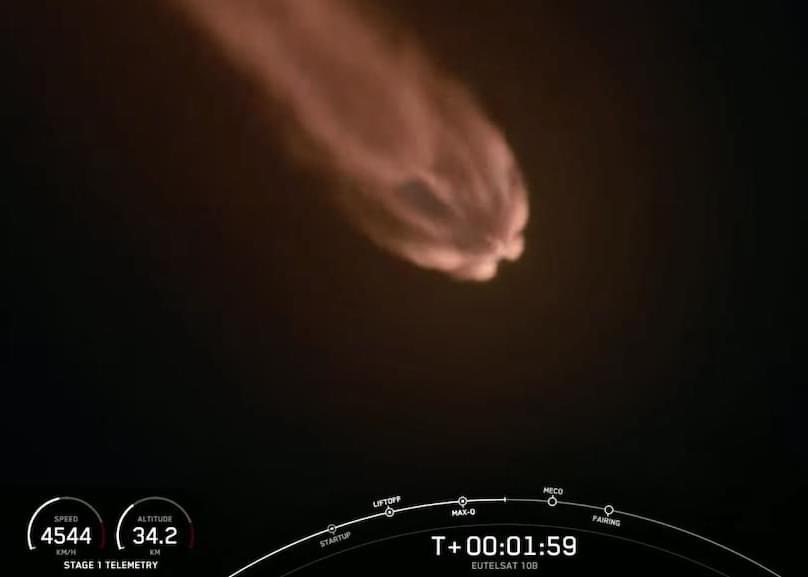
SpaceX sent one of its first-stage boosters skyward for the 11th time on Tuesday evening. However, unlike its 10 previous flights, this time it didn’t return.
The mission launched from Space Launch Complex 40 (SLC-40) at Cape Canaveral Space Force Station in Florida at 9:57 p.m. ET, lighting up the night sky as the Falcon 9 rocket roared toward space.
Thirty-five minutes after leaving the launchpad, the Falcon 9’s second stage deployed a communications satellite to a geosynchronous transfer orbit for French satellite operator Eutelsat.
Visit our sponsor, Brilliant: https://brilliant.org/IsaacArthur/
The ability to link mind and machine has long been the realm of science fiction, but now improvements in our understanding may allow us to network brain to computer in the near future. Companies like Neurolink have begun to explore how to link our neurons to machine, and we’ll explore now such neural interfaces might function and how they might change our lives.
Neurolink Paper, “An integrated brain-machine interface platform with thousands of channels”: https://www.biorxiv.org/content/10.1101/703801v1
Visit our Website: http://www.isaacarthur.net.
Support us on Patreon: https://www.patreon.com/IsaacArthur.
SFIA Merchandise available: https://www.signil.com/sfia/
Social Media:
Facebook Group: https://www.facebook.com/groups/1583992725237264/
Reddit: https://www.reddit.com/r/IsaacArthur/
Twitter: https://twitter.com/Isaac_A_Arthur on Twitter and RT our future content.
SFIA Discord Server: https://discord.gg/53GAShE
Listen or Download the audio of this episode from Soundcloud: Episode’s Audio-only version: https://soundcloud.com/isaac-arthur-148927746/mind-machine-interfaces.
Episode’s Narration-only version: https://soundcloud.com/isaac-arthur-148927746/mind-machine-i…ation-only.
Credits:
Use my link to get 50% off of your Skillshare subscription: https://skl.sh/AINews50 — Invest in yourself this holiday season taking advantage of Skillshare’s best deal of the year! Valid for a limited time only.
GPT-4 is about to be released to the public and is supposedly close to what some may consider Artificial General Intelligence. In this video, I’ll talk all about the possible applications and abilities which GPT4 will have.
–
TIMESTAMPS:
00:00 Passing the Turing Test.
02:41 Why such a big Secret?
03:58 What is GPT-4 going to be?
06:32 Last Words.
–
#ai #gpt4 #openai
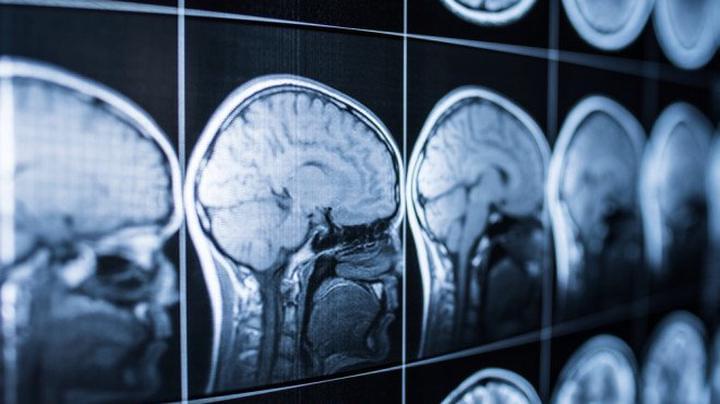
This new way to diagnose schizophrenia, epilepsy, Alzheimer’s disease and autism spectrum disorder could help improve mental health. We often think of fingerprints as the tiny ridges, whorls and arched patterns on the tip of each finger. They are heralded as special markers of human identity, even more individualized than DNA.